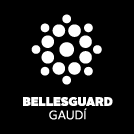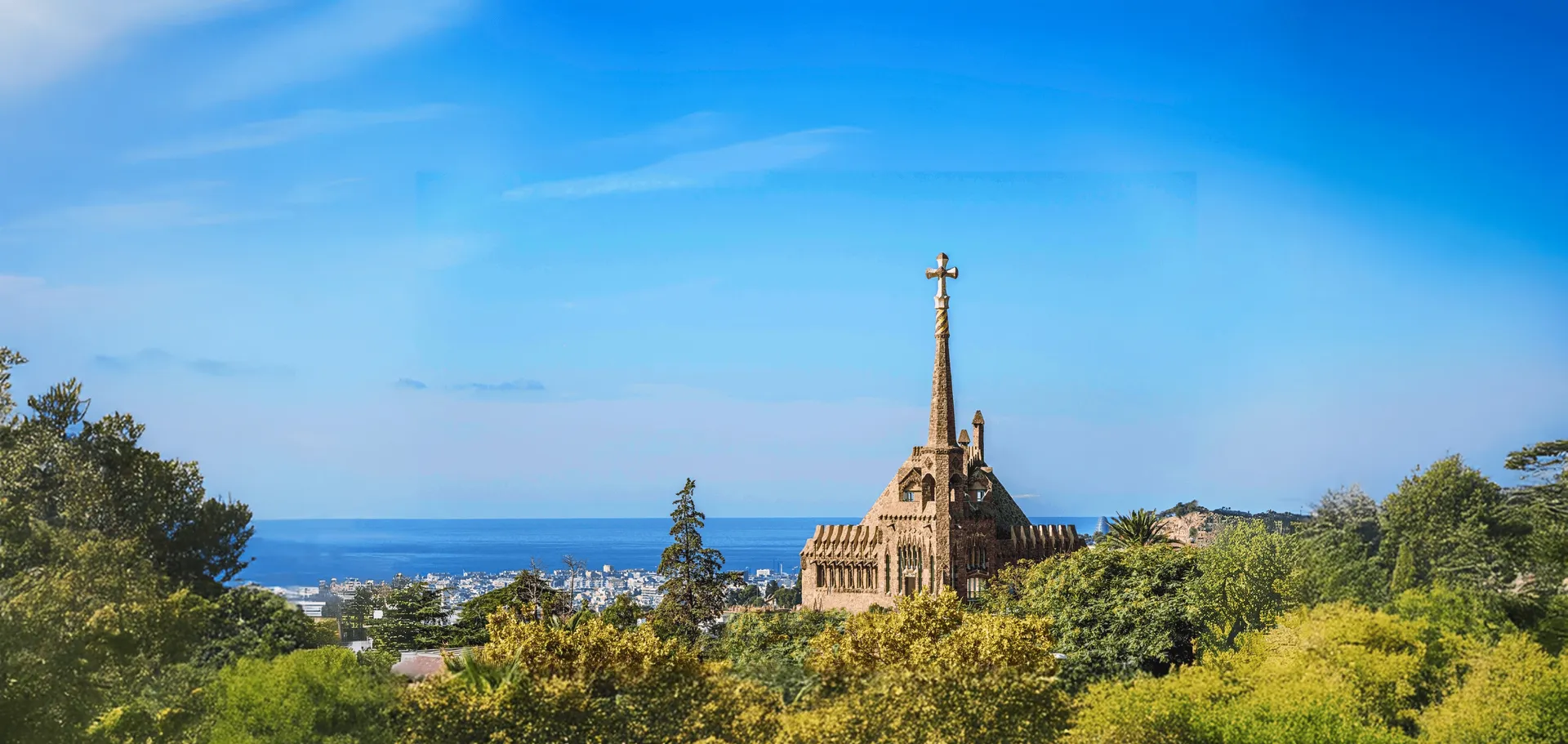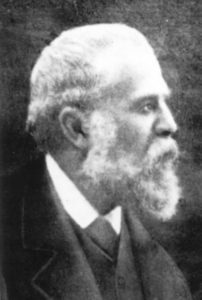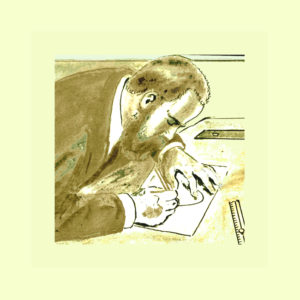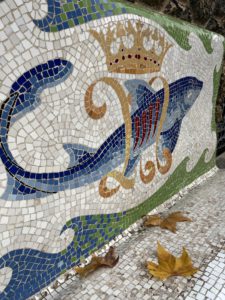August 15, 2025
By Ferran Garcés
Gaudí wrote very little, but when he was still an architecture student, he described his ideal home in a short manuscript (see: “La casa Pairal”). In it, he wrote things like: “One’s own house is the native land; a rented house is the land of emigration. That’s why owning a home is everyone’s ideal.” The paradox of his later life is that, for a long time, Gaudí lived in several “lands of emigration.” None of them, however, were in the modernist style.
It wasn’t until 1906, when he was over fifty, that Gaudí bought his own “native land,” now the Gaudí House Museum in Park Güell. However, this residence had been built by another architect, Francesc Berenguer, also born in Reus and a childhood friend. Only in the last eight months of his life, between 1925 and 1926, did Gaudí live in a place he had designed himself—though more than a “house,” it was an improvised room in the Sagrada Família workshop.
However, the first places where Gaudí lived were indeed owned by his family. These were the homes where he was born and raised before moving to Barcelona. Today we’ll look at those houses, located in Baix Camp, Tarragona, and next Friday, those he had in the Catalan capital—from a small apartment to a bedroom in the middle of a prodigious temple…
Reus – Riudoms
Birth and Childhood (1852–1868)
Gaudí was born on June 25, 1852—some say in Reus, then the second-largest city in Catalonia, others in Riudoms, two very close towns (see: the roots of a genius). What no one disputes is that he spent his early years between both towns, as his parents had a house and a workshop in each. The latter is especially important, as Gaudí always credited the family trade as the origin of his unique spatial vision and understanding of three-dimensional space:
“I have this ability to see space because I am the son, grandson, and great-grandson of coppersmiths. My father was a coppersmith; my grandfather too; my great-grandfather too; and on my mother’s side, they were also coppersmiths.” (see: the iron of Bellesguard)
Sant Vicenç Street, 4, Reus
The Gaudí family home in Reus belonged to his mother’s side and remained in the family until 1878. Today, a plaque commemorates its distinguished resident, but it is not open to the public. Nor are there any surviving photos of its interior from that time. However, not far away, visitors can explore the Gaudí Centre to satisfy their curiosity.

Riera de Maspujols, La Clota, Riudoms
“El Mas Calderera”
Gaudí’s family had a country house in Riudoms, known as “Mas de la Calderera.” The name refers to his father’s profession—coppersmith—as previously mentioned. True to its rural origins, the estate housed animals and crops, which meant the family spent a lot of time there, especially in spring and summer.
Today, the house is privately owned and, like the one in Reus, not open to the public. A pity, because of all the places Gaudí lived, this was likely the one he loved most. However, you can still follow the walking route around the area to see the landscape the future architect saw as a child (see: Gaudí’s Riudoms route).
Here he spent long periods away from school due to poor health. Here he devoted much time to observing nature and the Mediterranean light, which he would later constantly reference—even joking about it (see: Gaudí’s Mediterranean humor). This is what he had in mind when he said:
“Watching flower pots, surrounded by vineyards and olive trees, enlivened by the clucking of hens, the singing of birds, and the buzzing of insects, with the Prades Mountains in the background, I captured the purest and most delightful images of nature, which is always my teacher.”

Raval de Sant Francesc Street, 14, Riudoms
The Ancestral Home of Antoni Gaudí
The only house from Gaudí’s youth that can be visited is in the center of Riudoms, thanks to restoration efforts that led to its reopening on June 25, 2002, as part of the Gaudí Year commemorations.
As stated on the Riudoms Town Hall website: “What is now known as “La Casa Pairal” (the Gaudí Family Ancestral Home), it belonged to his grandparents, father, and finally to Antoni Gaudí himself since the 18th century. In 1925, a year before his death and having no descendants, Gaudí donated it to the Archdiocese of Tarragona, along with the Mas de la Calderera and other properties, on the condition that the proceeds from their sale or use be allocated to the Virgin of Montserrat Foundation, which Gaudí himself promoted so that masses would be held in the Riudoms Parish for the soul of his father.” In this house, “was also located the coppersmith workshop that his paternal grandfather used all his life and which was later used by his father, along with the one in Reus.”
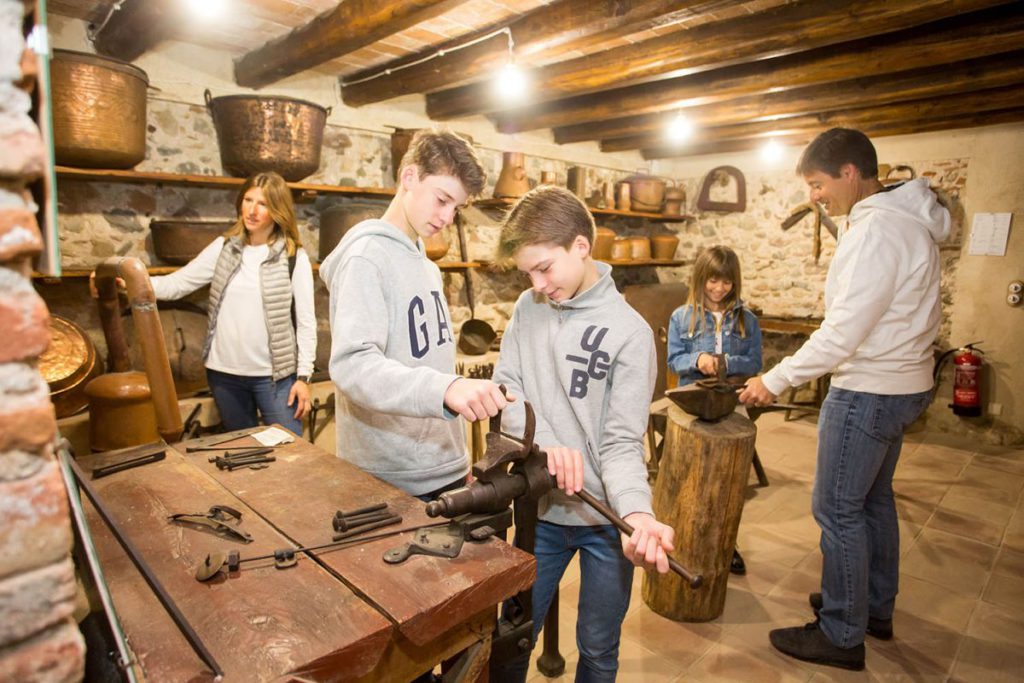
One of Gaudí’s most famous quotes is: “Originality consists in returning to the origin.” Well, those two workshops—Reus and Riudoms—are the origin of the art that made the architect so special, the one who defined himself as “son, grandson, and great-grandson of coppersmiths.” And, curiously, Gaudí’s final residence, as we’ll see next Friday, was another workshop: the Sagrada Família’s studio…
